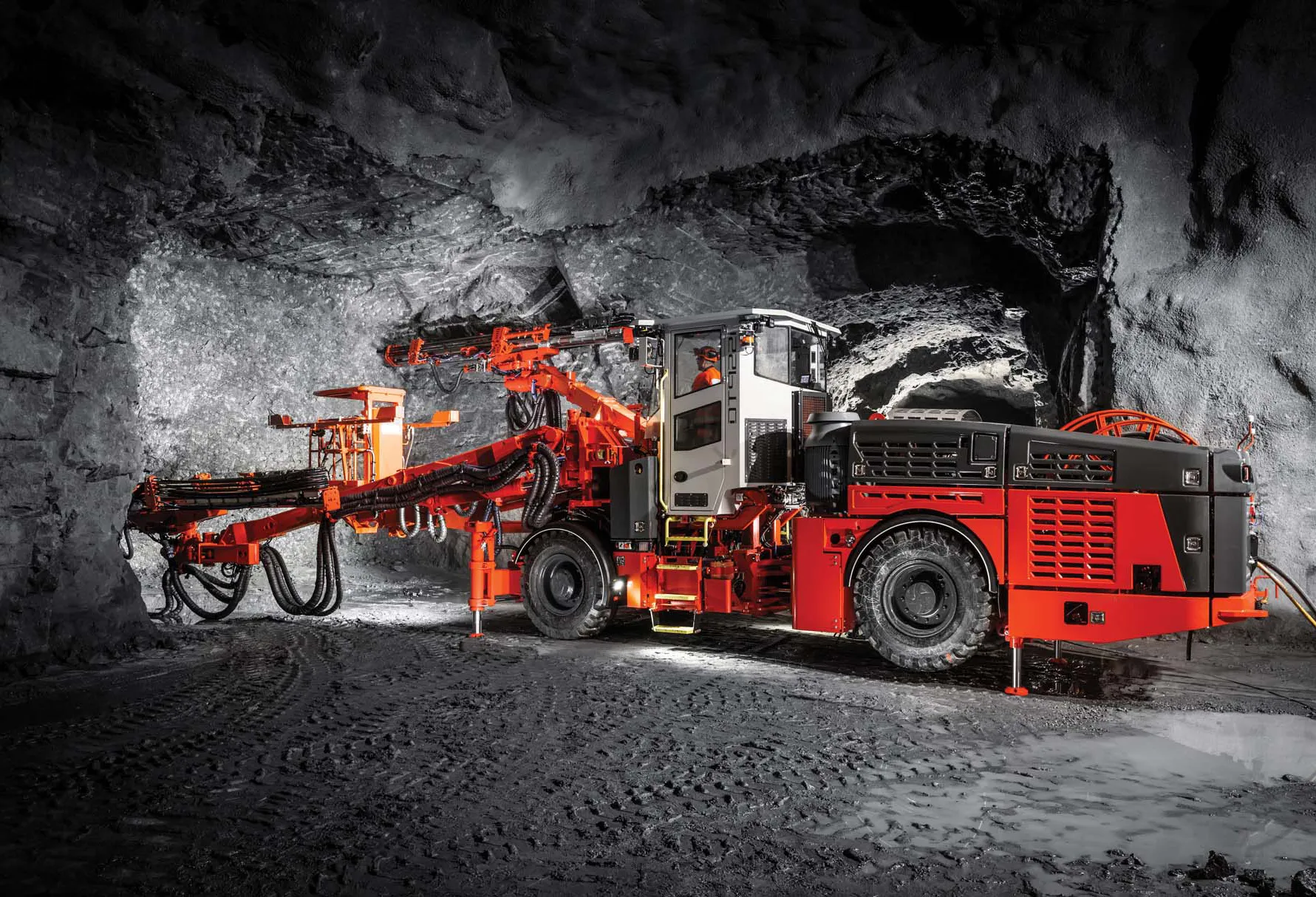CTE has unveiled the ZED 20.2 - its new articulated truck-mounted platform with a loading capacity of up to 300kg and 20m working height. Said to represent the evolution of ZED 20C, the ZED 20.2 platform is aimed at meeting the increasing demand of the European market to provide machines with capacities increased on license B for greater versatility of use. The platform has an improved hydraulic rotation lock and ring rotation up to 340°. The ZED 20.2 is also said by CTE to have the same compactness as the
November 8, 2012
Read time: 2 mins

Said to represent the evolution of ZED 20C, the ZED 20.2 platform is aimed at meeting the increasing demand of the European market to provide machines with capacities increased on license B for greater versatility of use.
The platform has an improved hydraulic rotation lock and ring rotation up to 340°. The ZED 20.2 is also said by CTE to have the same compactness as the ZED 20C and ZED 20 CH platforms, with a stowed height of just 2.5m.
Meanwhile, patented H stabilisation with connecting rods is said to guarantee the release of the beam, and consequently the stabiliser, in one movement, without the aid of screw jacks and of cylinders. When working with the platform near a pavement, you can stabilise the platform with two stabilisers on the pavement and two on the street. The ‘A’ shape H stabilisation system reduces the usual 220mm difference in level between the pavement and street to just 120mm.
The ZED 20.2 has, according to CTE, a new ergonomic protection panel in the basket to ensure better visibility and ease of use. The platform’s controls are positioned tilted towards the operator and repaired by a new hinged lid.









